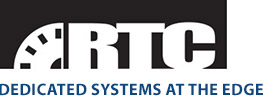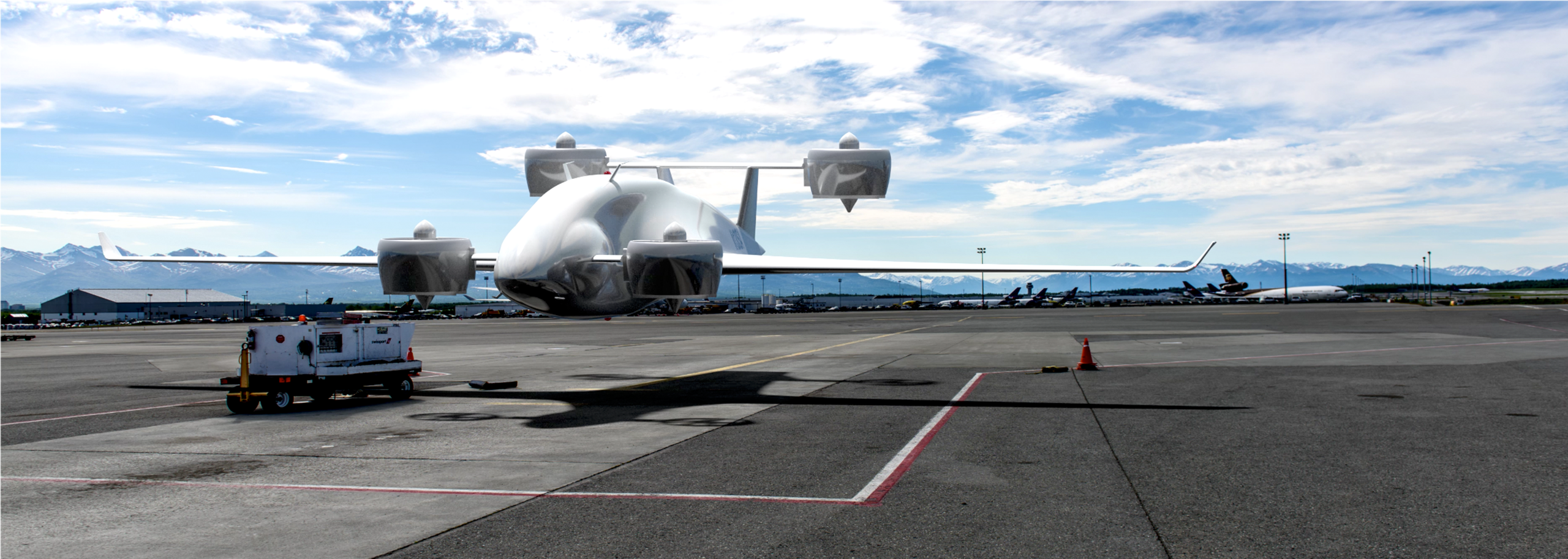Sabrewing Aircraft Company to Roll-Out the Rhaegal during US Air Force’s Agility Prime Program
Sabrewing Aircraft Company, Inc., maker of the world’s first heavy-lift, long-range, unmanned cargo aircraft, will hold an on-line, public roll-out of its full-sized flying aircraft, the Rhaegal-A as part of the US Air Force’s “Agility Prime”.
Sabrewing is the first company to win a contract under the Air Force’s Agility Prime program under an AFWERX Small Business Innovative Research (SBIR) Phase II contract. The contract, valued at $3.25 million, will test Sabrewing’s prototype aircraft and equipment in a variety of different ways.
“We are going to accelerate this market for domestic use in a way that also helps our military,” stated Dr. Will Roper, Assistant Secretary of the Air Force For Acquisition, Technology, and Logistics. “The Air Force is all in,” Roper stressed. Roper went on to say that the size of any future Air Force vehicle purchases would depend on the missions that eVTOL vehicles prove capable of carrying out. “If it’s helping us to do logistics at the edge, we could end up buying these in higher quantities,” Roper said.
Sabrewing’s production aircraft – the “Rhaegal-B” – is an eVTOL (electric vertical and takeoff and landing) aircraft, capable of carrying a Unit Load Devices (ULD) – the same type of cargo containers used by airlines and air cargo carriers. The Rhaegal can either carry two LD-1 containers, or four LD-2 containers, or two LD-3 containers. The eVTOL can take off and land like a helicopter as well as take-off and land like a conventional aircraft. The “Rhaegal-B has a capacity of 5,400 pounds (2,450 kg) of payload to and from locations without any runway, bringing tons of cargo to the remotest parts of the world. It has a range of 1000 nautical miles at altitudes of 22,000 feet (6,700 meters) at speeds of up to 200 knots (370 kph). Also, the Rhaegal can fly like a conventional aircraft, taking off from one airport and landing at another with a payload of over 10,000 pounds (4,500 kg). The aircraft uses electric motors to turn fans within ducts that provide lift during takeoff and landing but uses the main wing to provide lift during cruise flight.
“After several years of market research and speaking with dozens of cargo carriers, we gain an understanding/knowledge of what was needed in a cargo aircraft,” said Ed De Reyes, CEO of Sabrewing Aircraft Company. Sabrewing designed and built a VTOL cargo UAV that was not only the top of its class for drones, but it topped the class of manned aircraft as well. “Our cargo UAV can take off and land like a helicopter with a heavy payload, as well as fly farther, faster and higher at a fraction of the cost of any other aircraft in its class,” he added.
The Agility Prime evaluation of Sabrewing’s aircraft includes the aircraft’s Detect And Avoid system (DAA), as well as testing to determine if the aircraft can operate in an environment where accurate GPS signals are jammed or unavailable. Also, the evaluation included simulating payloads, locations, and evaluations of the performance of the aircraft – including casualty evacuation (CASEVAC) demonstrations with simulated casualties.
According to Air Force Col. Nathan Diller, Integrated Product Team Lead for the Agility Prime program, the contract with Sabrewing for demonstrations and development of aspects of the Rhaegal aircraft is following the principles of the Agility Prime program. “The initiative intends to help develop the industrial base through market stimulation to accelerate commercial and military fielding. This creates the additional capability for our operators while saving the taxpayer money,” he added.

